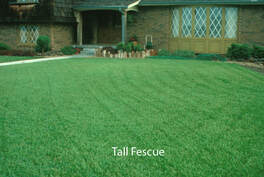
Each year the National Turfgrass Evaluation Trial rates tall fescue varieties for color, greenup, quality and texture. Quality ratings are taken once a month from March through October. The cultivars listed below received an average rating of 6.0 or above when 2013 and 2014 ratings were averaged. Note that K-31 consistently rates at the bottom. The highest rated cultivars were Thor, Michelangelo, GTO, Traverse 2, Technique, Maestro, Firebird 2, 4th Millennium SRP, Reflection, Black Tail, Avenger II, Falcon V, Terrano, Rowdy, Rockwell, Rhambler 2, Hot Rod, Firewall, Bizem, Titanium 2LS, Hemi, Firecracker, Leonardo and Grande 3.
There are a number of other cultivars that did not make this list but should do well in Kansas. Go to http://www.ntep.org/states/ks2/ks2_tf.htm for access to the data. Keep in mind that mixes of several varieties may allow you to take advantage of differing strengths. It is not necessary for mixes to contain only the varieties mentioned above.
Though K-31 may still be a good choice for large, open areas, the new cultivars will give better performance for those who desire a high-quality turf. (Ward Upham)
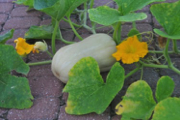
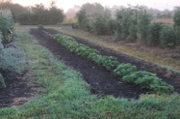
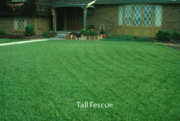
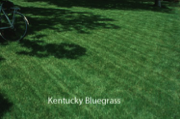
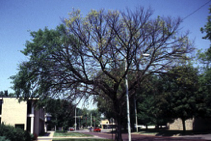
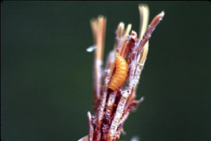
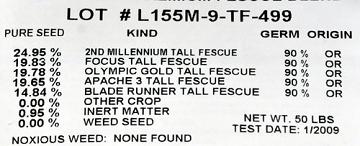
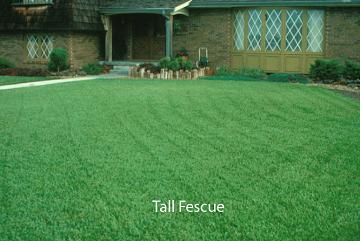
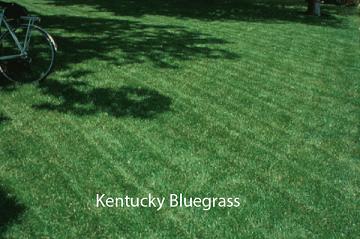
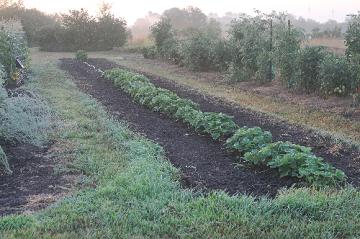
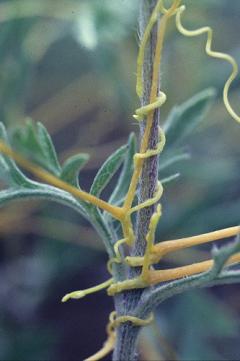
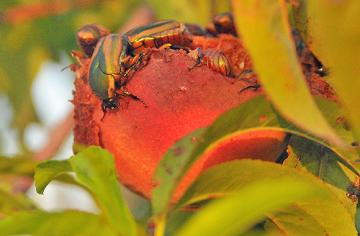
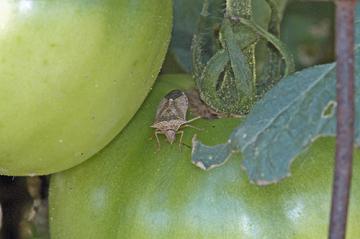
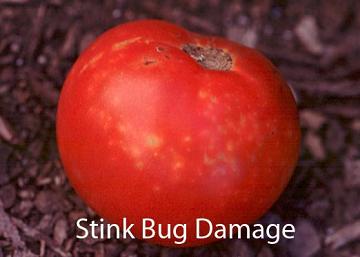
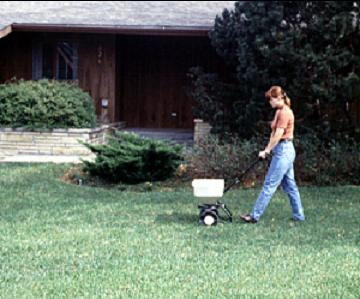
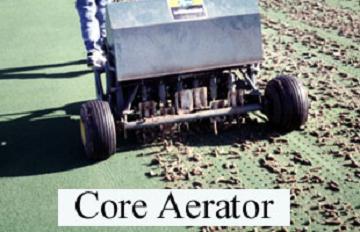
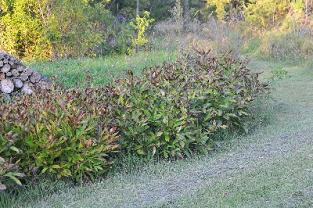
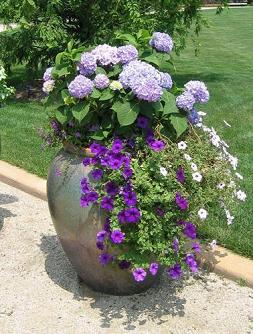
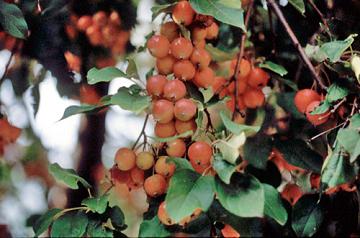
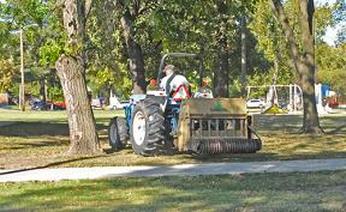
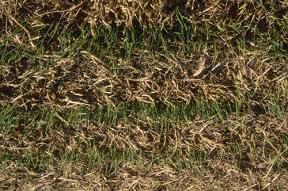
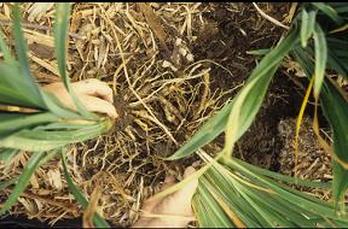
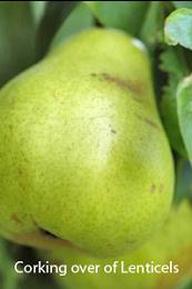
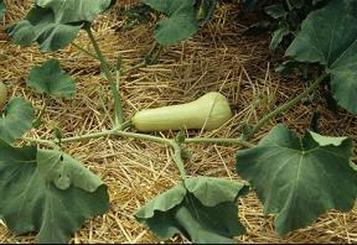
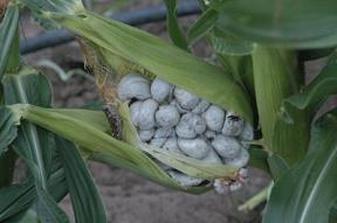
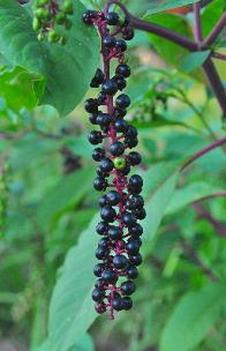
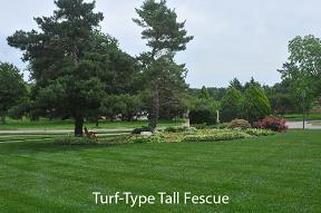
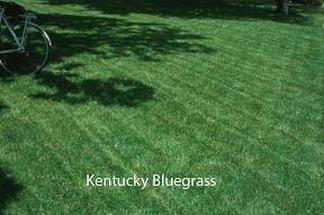
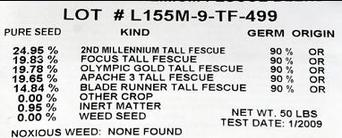
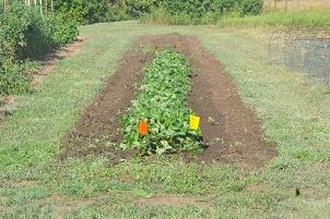
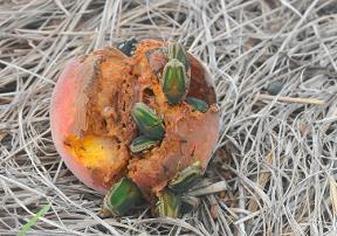
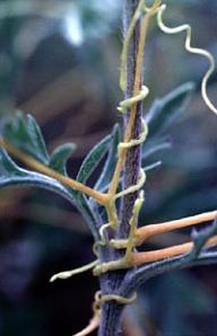
 RSS Feed
RSS Feed
